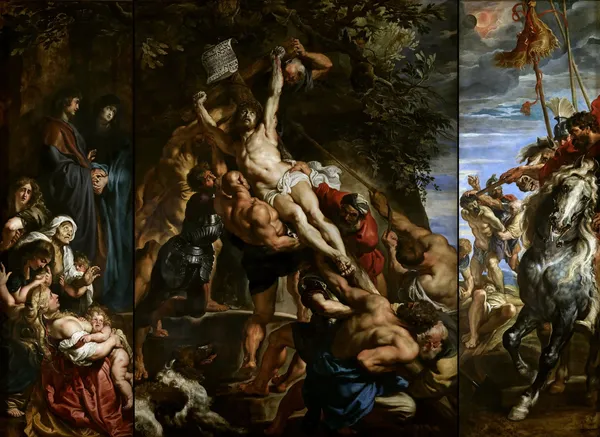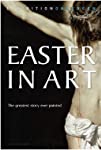Eye For Film >> Movies >> Easter In Art (2020) Film Review
Easter In Art
Reviewed by: Jennie Kermode

The Exhibition on Screen series has developed a stellar reputation for its documentaries, and quite rightly so, with profiles of a number of artists and artistic movements which have managed to go into considerable depth whilst remaining accessible to beginners. In this instalment, Phil Grabsky explores representations of the Easter story in art. It’s a film which will have particular appeal to those already planning to celebrate Easter, to whom it offers an emotional bridge to artists who have done so in centuries past, but there’s still a lot here to fascinate art lovers who belong to other religious traditions or none.
This takes a different tack from previous films in the series, sticking very closely to the Biblical Easter narrative and using pieces of art (mostly paintings) as illustrations, reflecting on their approach to communicating the story rather than going into depth about the individual works. The point is made early on that these were the cinema of their era – and more than that, because for centuries most people in Europe had no access to art at all outside of their churches, and could not read, so beyond their own imaginations, art was their only means of visualising a story. Viewers are indirectly invited to imagine themselves into that space. The sheer number of artworks presented is impressive and helps to communicate the overwhelming nature of such an experience, but as far as analysis goes, quantity inevitably undermines quality.
Anyone paying serious attention to this will have a lot of questions. Some are specific, to do with choices made about the direction characters are looking in, their garments, or symbols woven into the background. Then there are discernible themes – the eroticisation of Christ, his representation as a white man with no discernible Middle Eastern features (most of the time), the distancing of women in accordance with certain themes and their proximity in the context of others – which are significant in such a large proportion of the images that it feels strange that they should go unaddressed. It would be unfair to fault the film simply for choosing to do things differently, but some of these omissions make it hard to really connect with the images (as opposed to the story), meaning that whilst it may retain emotional relevance, there are places where it lacks intellectual depth.
The parts of the film which break from this pattern are the parts where it gets really interesting. The crucifixion itself is covered in more depth, looking, for instance, at what it meant to artists to have the opportunity to paint so much naked flesh, exploring skin texture and muscle structure and wounds through a variety of techniques. There is also more focus here on the way that particular artistic interpretations influenced those which came later, with due prominence given to true innovators such as Matthias Grünewald and Salvador Dali.
Throughout, there is a focus on the Easter story as an opportunity to explore complex emotions on the faces (and, in later paintings, the body language) of its various characters. This is a context in which film really excels as a medium. It might not quite offer the manoeuvrability of a direct viewing, but it allows one to get far closer, and Grabsky directs our focus by moving around from one part of a picture to another as he picks out these details. They show us something less dependent on specific historical context and reveal how art has supported a particular way of interpreting the emotional aspects of this story across time.
If you approach this film as a believer, you will likely find that it enriches your experience of the season. If you already have a good knowledge of the wider context of the art, you will find it an enjoyable piece of curation. It is, however, less accessible for newcomers than other films in the series, so if you don’t have one or both of those backgrounds, there is a danger that it will impact you on a visual level but not much more.
Reviewed on: 02 Apr 2022



















